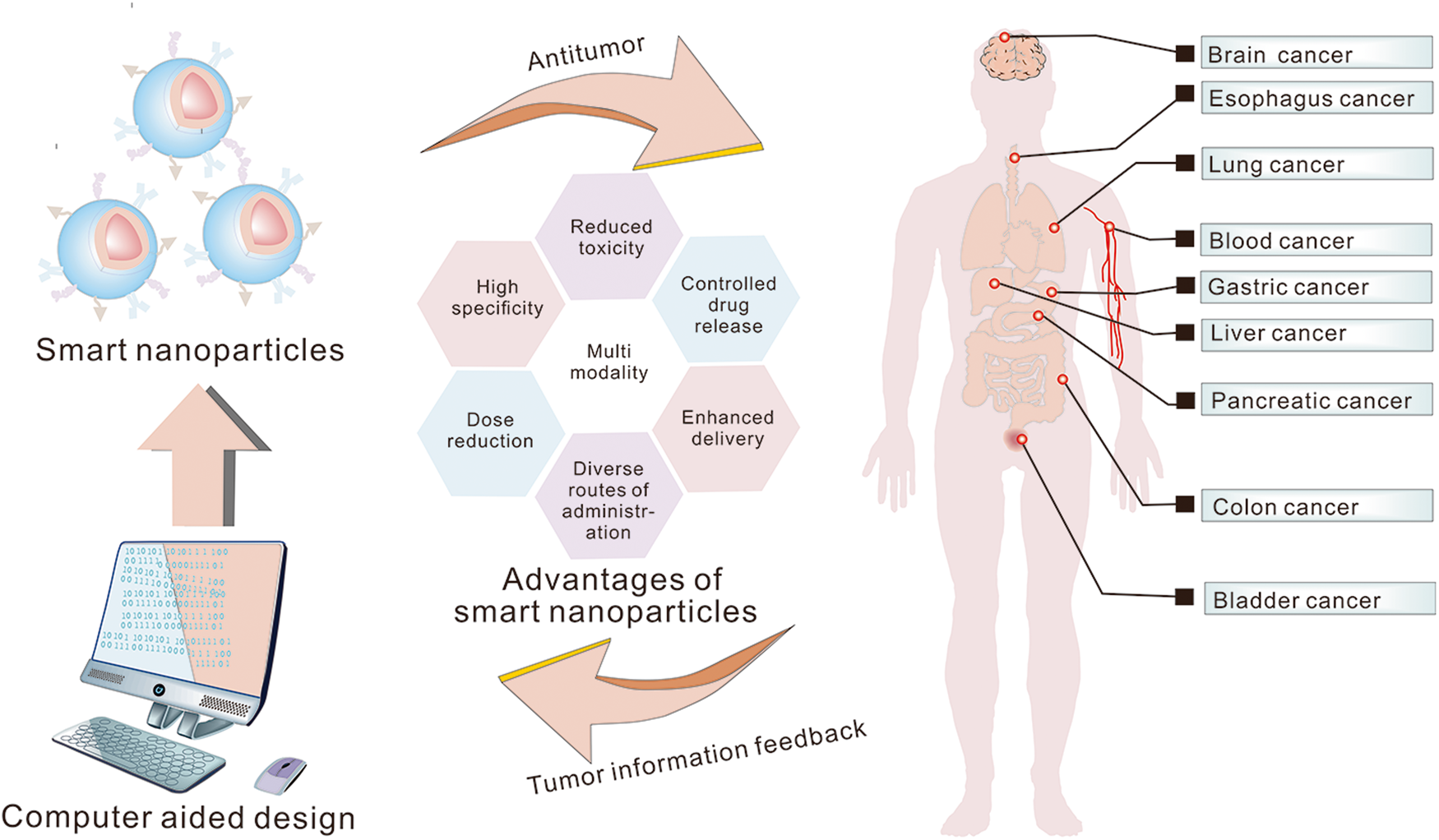
Harnessing Magnetic Nanoparticles: A Breakthrough in Cancer Therapy
Introduction:
In the realm of cutting-edge medical advancements, researchers and scientists are continually exploring novel approaches to enhance cancer therapy. One such groundbreaking avenue gaining significant attention is the utilization of magnetic nanoparticles in cancer treatment. This innovative technique holds tremendous promise for revolutionizing the landscape of cancer therapy and diagnosis.
Understanding Magnetic Nanoparticles in Cancer Treatment:
Magnetic nanoparticles, with their unique properties, have emerged as a potential game-changer in the fight against cancer. These nanoparticles, typically in the range of 1-100 nanometers, exhibit magnetic behavior, allowing them to be guided and manipulated using external magnetic fields. The application of magnetic nanoparticles in cancer therapy involves a multifaceted approach that includes targeted drug delivery, hyperthermia, and diagnostic imaging.
- Targeted Drug Delivery:
One of the key advantages of magnetic nanoparticles is their ability to serve as carriers for anticancer drugs. These nanoparticles can be loaded with therapeutic agents and guided precisely to the cancerous site using external magnetic fields. This targeted drug delivery system enhances treatment efficacy while minimizing damage to healthy surrounding tissues. The precision offered by magnetic nanoparticles holds the potential to reduce side effects commonly associated with traditional chemotherapy.
- Hyperthermia:
Magnetic nanoparticles can generate heat when subjected to an alternating magnetic field, a phenomenon known as hyperthermia. This localized heating effect can be strategically applied to cancer cells, inducing thermal damage and aiding in their destruction. Hyperthermia, combined with traditional cancer treatments, has shown promising results in enhancing the overall therapeutic outcome.
- Diagnostic Imaging:
In addition to their therapeutic applications, magnetic nanoparticles play a crucial role in cancer diagnosis. These nanoparticles can be employed as contrast agents in imaging techniques such as magnetic resonance imaging (MRI). Their magnetic properties enable enhanced visualization of tumors, facilitating early and accurate detection. This diagnostic capability is pivotal for timely intervention and improved patient outcomes.
The Road Ahead:
The research and development surrounding magnetic nanoparticles in cancer therapy are advancing rapidly. Ongoing clinical trials are exploring the safety and efficacy of this innovative approach, paving the way for its integration into mainstream cancer treatment protocols. As scientists delve deeper into the intricacies of magnetic nanoparticles, the potential applications in personalized medicine and combination therapies are being explored.
Challenges and Considerations:
While the prospects of magnetic nanoparticles in cancer therapy are promising, there are challenges that researchers are diligently addressing. Issues related to biocompatibility, long-term safety, and scalability of production are essential aspects that require thorough investigation. Additionally, ethical considerations and regulatory frameworks must be established to ensure the responsible and ethical deployment of this technology in clinical settings.
Conclusion:
Harnessing the power of magnetic nanoparticles in cancer therapy represents a remarkable stride toward more targeted, effective, and less invasive treatment modalities. The convergence of nanotechnology, medicine, and magnetic fields holds the potential to redefine the landscape of cancer care. As ongoing research continues to unravel the full spectrum of possibilities, the integration of magnetic nanoparticles into mainstream cancer therapy is poised to usher in a new era of precision medicine. The future looks promising, with the potential to transform the way we approach and combat cancer.
